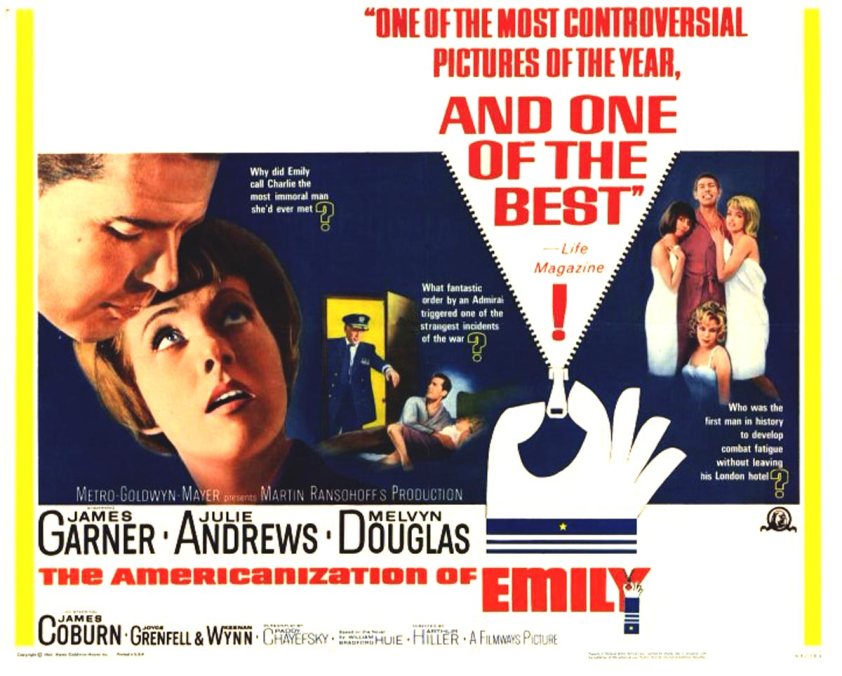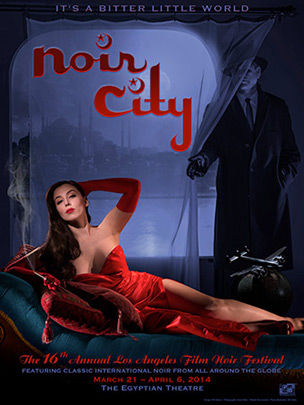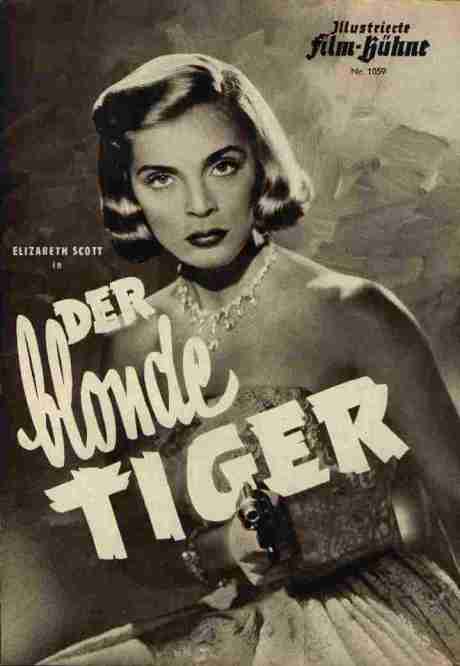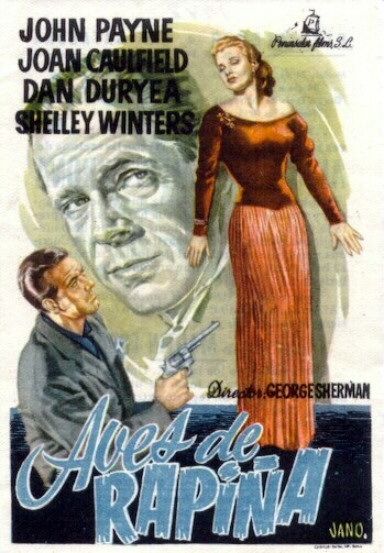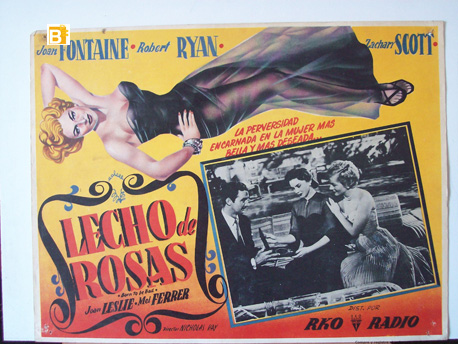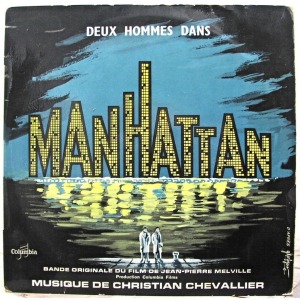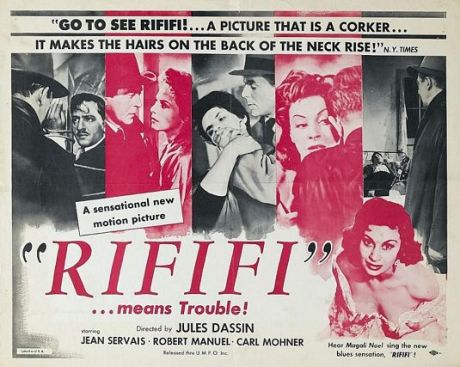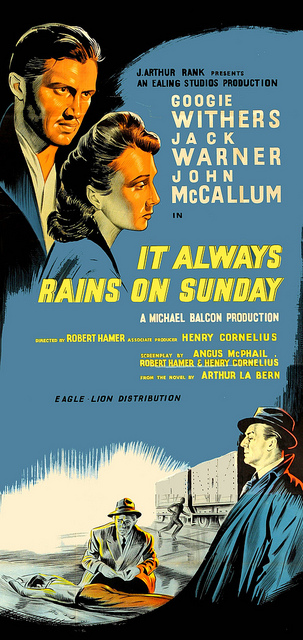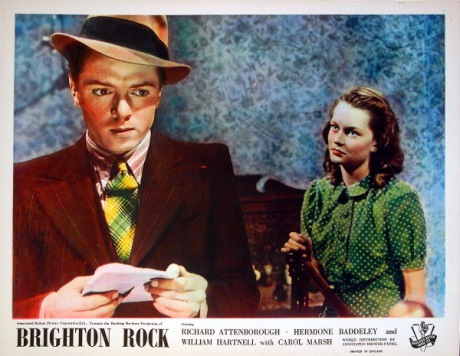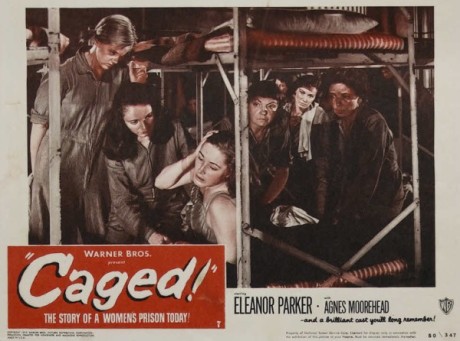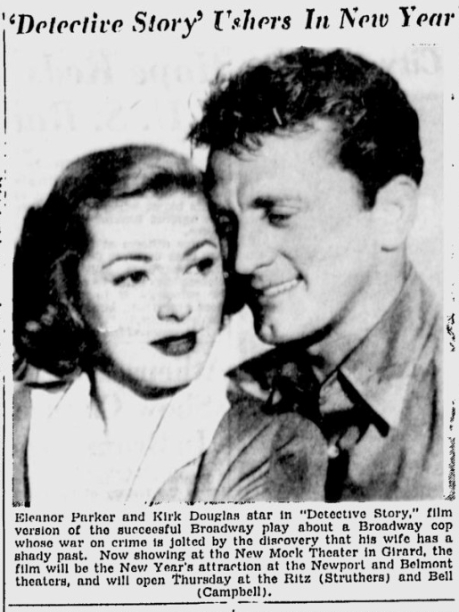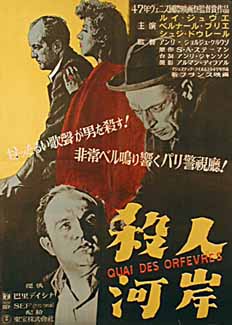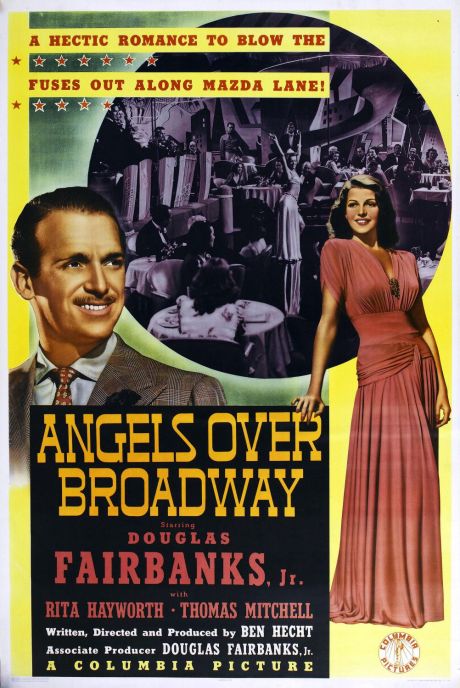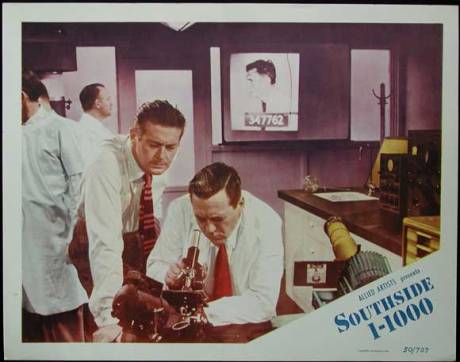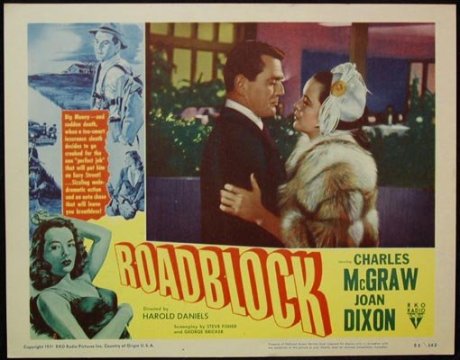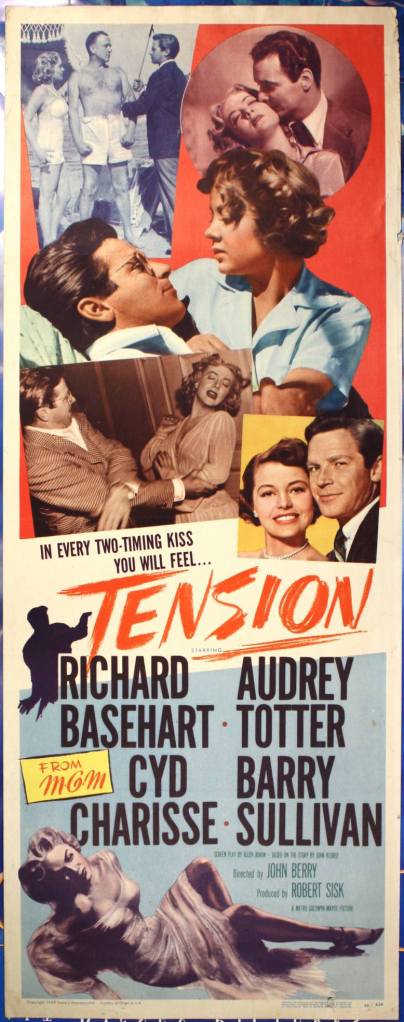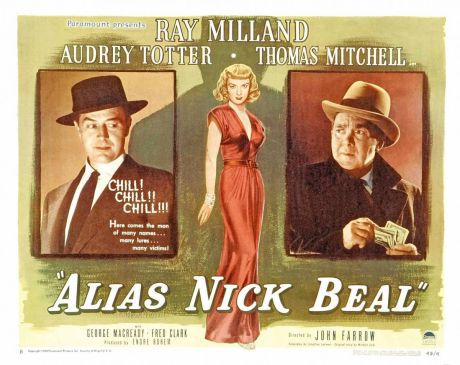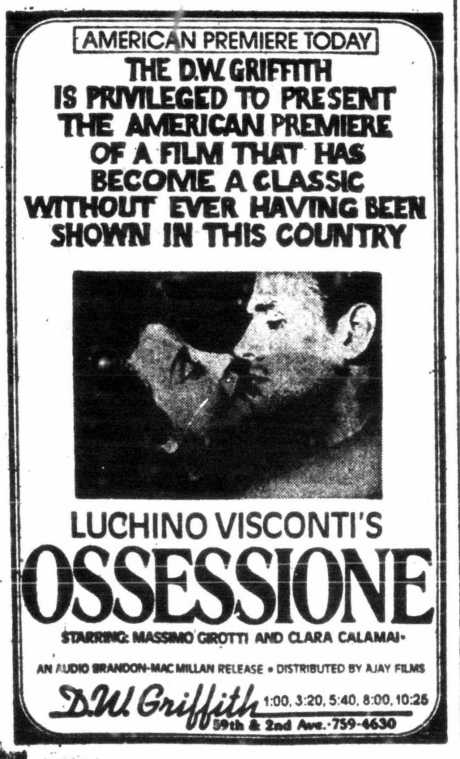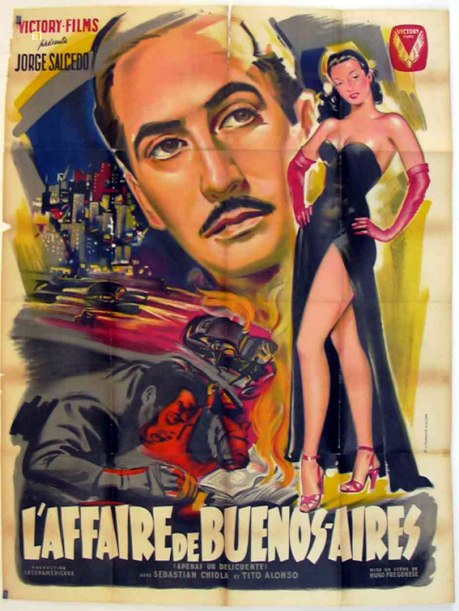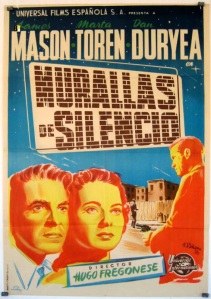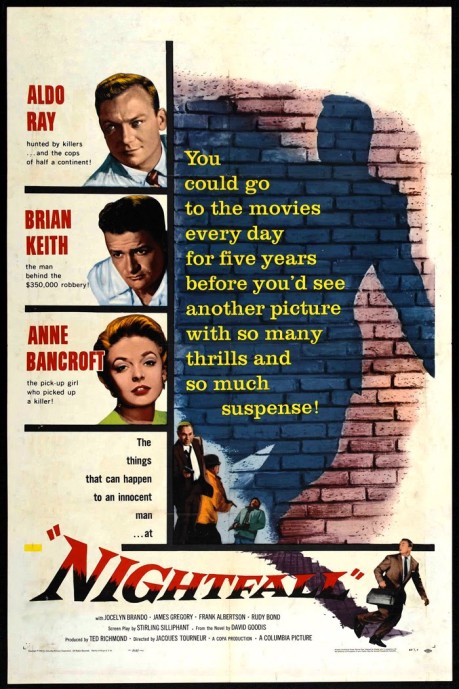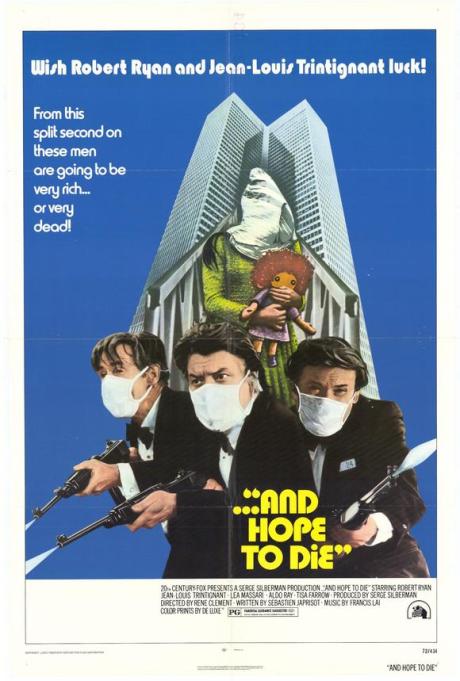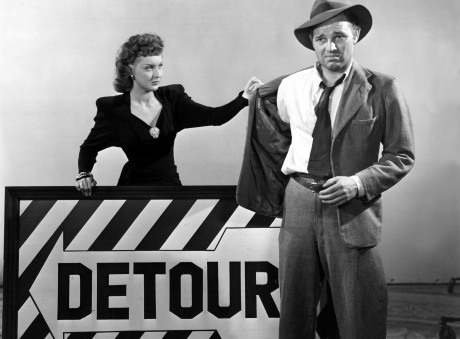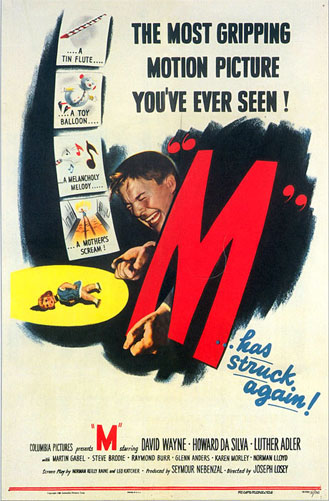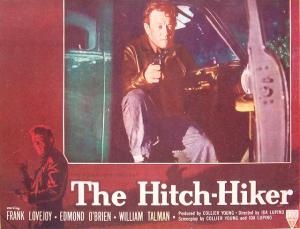This post was originally published on the New Beverly Cinema blog on November 27, 2017. It is being republished here with full permission of the New Beverly. For the original post (with different artwork) please see the original post here.
The Americanization of Emily (Arthur Hiller, 1964) was intended to be a romantic comedy until screenwriter Paddy Chayefsky got a hold of it. In his hands, this story became an acidic and expertly composed tale of war’s human fallout. Tackling women’s sexuality and emotional welfare, it examines relationships between masculinity and heroism, leading a full-scale assault on the deification of war. A comedy with surreal overtones and an unusual approach to storytelling, The Americanization of Emily suffered a lengthy period of copyright entanglement making it almost impossible to see for many years.
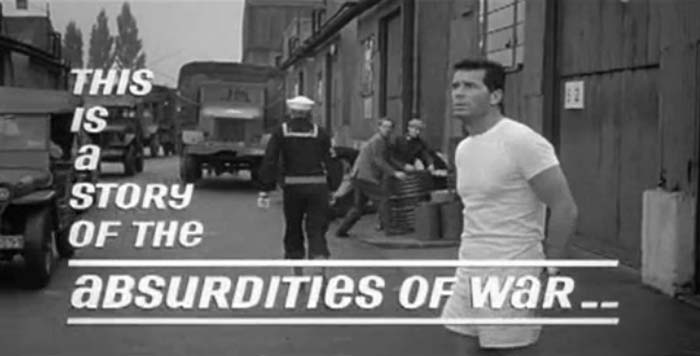
William Wyler was initially slated to direct, with William Holden as the star, Lieutenant Commander Charles E. Madison. However, Wyler’s high salary and diva-like requests made MGM sideline his directorship. Holden was not much different. He was pricey and difficult to please. Finally, Wyler left, and after many other directors declined the job young up-and-coming director Arthur Hiller replaced him. William Holden’s reaction to the young filmmaker was less than kind and he left.
“I was already cast as Lieutenant Commander Paul ‘Bus’ Cummings when [producer] Marty Ransohoff asked whether I would play Charlie Madison if Holden dropped out. ‘Oh, you bet!’ I said,” remarked James Garner in his autobiography, The Garner Files: A Memoir, “I knew it was a hell of an actor’s part. It was a different kind of role than I’d been doing with a brilliant script from Paddy Chayefsky from William Bradford Huie’s novel. A lot of drama and a lot of humor…a long line of directors had turned the picture down before Marty reluctantly offered it to Arthur Hiller. Marty didn’t think Arthur was ready for it because he hadn’t tackled anything so meaty. As it turned out, Marty needn’t have worried.”
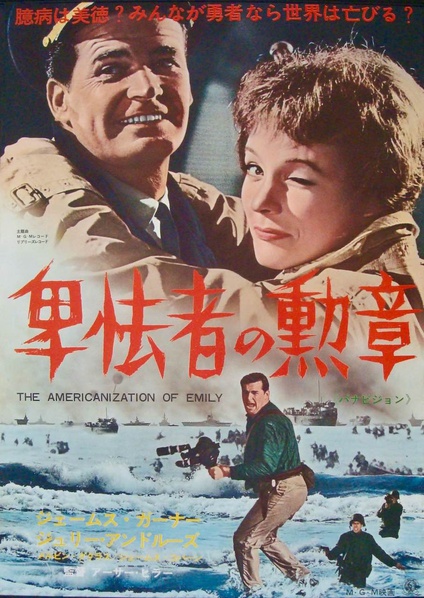
Worrying is a huge part of a producer’s job. It may as well be their unofficial title (“professional worrier”). The Americanization of Emily was one production that certainly made Ransohoff work for his paycheck. You wouldn’t think that the man who helped create Filmways, Inc. and produced beloved TV shows like Petticoat Junction and Mr. Ed was up to the task of battling the MPAA and studio brass, but Marty Ransohoff was That Guy. Nicknamed “the Messiah of the New Hollywood” by Budd Schulberg, Ransohoff went on to become an independent producer for groundbreaking films like The Loved One (Tony Richardson, 1965), 10 Rillington Place (Richard Fleisher, 1971), and The Wanderers (Philip Kaufman, 1979), amongst others. The Americanization of Emily was just the beginning.
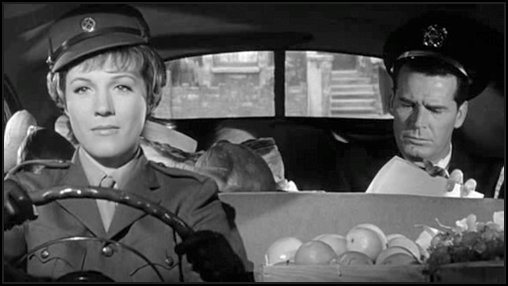
Produced by Filmways and distributed by MGM, this film went directly against Sam Goldwyn’s mantra: “Pictures are for entertainment; messages should be delivered by Western Union.” Paddy Chayefsky’s script was FULL of message, which scared the shit out of the MPAA. The concern was that, as James Garner put it, “it put US Servicemen in a bad light and [the MPAA] worried about a box-office backlash…They thought the movie was too extreme for the American public.” This also explained why multiple directors had turned down the project. It was seen as an unpatriotic movie and few filmmakers were willing to be linked to it.
As a result of MPAA issues, there was significant tension on the set and Ransohoff constantly had to deal with the “higher ups.” Arthur Hiller felt this strongly as a young director and it transferred to the way he shot the film. During production, Hiller commented that he “did a lot of scenes in one shot…a lot of that was for safety reasons…Protection, I think I mean. Many times, studios, after you finish filming, want to look and make changes and the more I did in one shot the less they could make changes on.” There had been enough back and forth with the MPAA about the amount of nudity in certain scenes and how many times James Garner could say “Damn” that Hiller didn’t want to take chances. James Coburn vividly recalls Hiller’s shooting style.
Paddy Chayefsky’s script featured Lieutenant Commander Charlie Madison (James Garner) an unrepentant champion of cowardice. Charlie celebrated his ability to live and survive, even through “amoral” means. While Emily Barham (Julie Andrews) fits the “opposites attract” love interest, Charlie and Emily come together based on the most visceral level: a desire for life to continue and the rejection of death. Their relationship is a complicated structure of mutually expressed erotic attraction and sharp, pained revelations. For the record, it is beyond refreshing to have a woman depicted as strong and complicated with a healthy sexual appetite in American cinema. Emily is a great character and Julie Andrews really shines. Thank you, Paddy Chayefsky! Charlie and Emily are honest and open in the film about their sexual relationship. Of course, it’s not just sex that Emily and Charlie connect over. It is fear, bravery and trauma. The evolution of their connection is some of the most thrilling, maddening and sexy screenwriting in cinema.
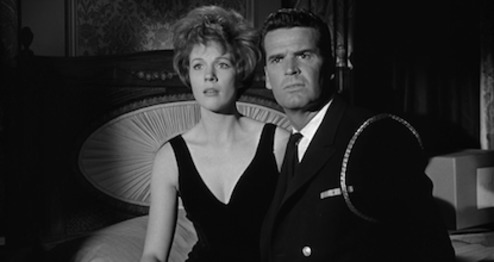
All you need to know about Bus Cummings (James Coburn) is what Chayefsky has written in the script. While it translates to the screen, the screenplay actually does an exquisite job of giving you the Real Bus Cummings. Bus has three “romantic interludes” in the film. The script lists his female companions as “Nameless Broads.” This was not because Chayefsky was a sexist asshole or because it was to reflect on the character of the women. This descriptor was meant to extrapolate on Bus, himself, showing what kind of person he is. Chayefsky asks with this aspect of the script: does anything carry meaning with Bus? How cold and exploitative is he really? The answer is revealed throughout the film, and James Coburn carries the role with sleazy panache.
Critics like Bosley Crowther applauded the film for its bravery, but not everyone was a fan. Many charged it with being anti-military, anti-American, and anti-soldier. The film was accused of ridiculing WWII and mocking the deaths of thousands of men on D-Day (Omaha Beach is a plot point). The Americanization of Emily was castigated for what audiences felt were digs at war heroes; complaints poured in about cruel monologues that “railed” against war widows and the film’s unsympathetic portrayal of PTSD (then called battle fatigue or, as mentioned in the film, “cracking up”). The response, from critics and civilians alike, was enough to make the Navy take notice and they actively deterred the distribution of film prints to any of their bases.
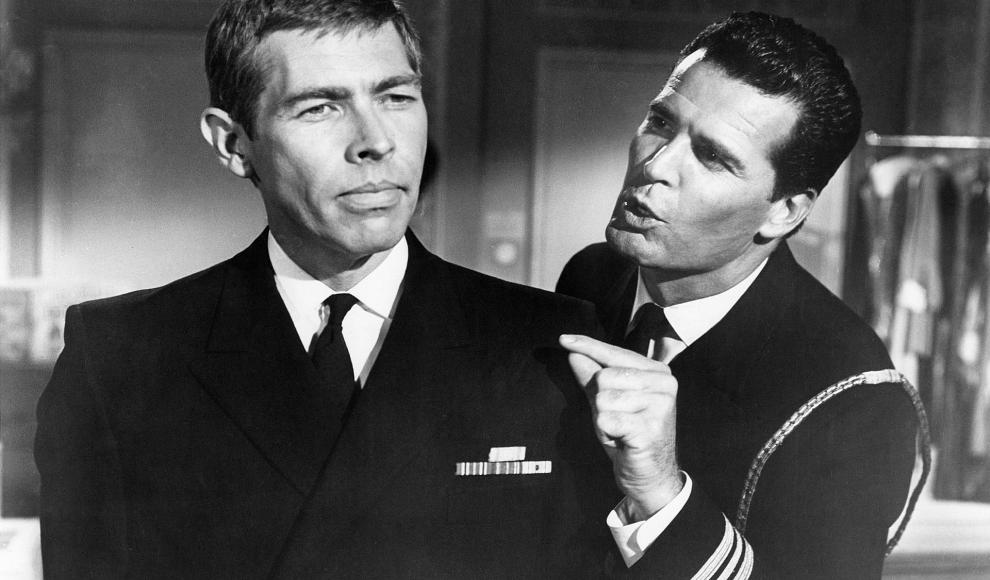
After a public screening during which people expressed their dismay at the film’s content, Arthur Hiller published a response piece in the Los Angeles Times on January 3, 1965. “Goodness, virtue and nobility are so out of place in the context of war that satiric laughter is the only logical response,” wrote Hiller, “[the film shows] war for what it is, a barbaric, inhuman act of man – a miserable hell. It says that one thing we can do toward eliminating war from our world is to get rid of the goodness and virtue we attribute to war. Be grieved by death, but not proud of it. Stop naming streets after generals, stop erecting statues. It says stop applauding war. Stop celebrating war…[the fraud] is in the virtue and goodness we attribute to war. If you glorify war you create a climate for more wars.” What no one understood was that The Americanization of Emily was a dark comedy with a specific devotion to and for the men who had experienced war. The received public criticism only highlighted the unhealthy behavior in American culture that Paddy Chayefsky wrote about ad nauseum within the screenplay: the naked and unadulterated worship of warfare.
A team of war vets created The Americanization of Emily, many of them highly decorated officers. Paddy Chayefsky fought and received a Purple Heart in WWII. James Garner joined the Merchant Marines at 16 years old, just as WWII was ending. He served in Korea on a combat unit, earning two Purple Hearts. Arthur Hiller was part of the Royal Canadian Air Force during WWII, navigating for bombers on night missions, dropping bombs on Nazis. It seems insulting to these men and what they experienced that critics, the MPAA and the public dared to think that this film or those involved in it were being disrespectful, unpatriotic or making fun of war.
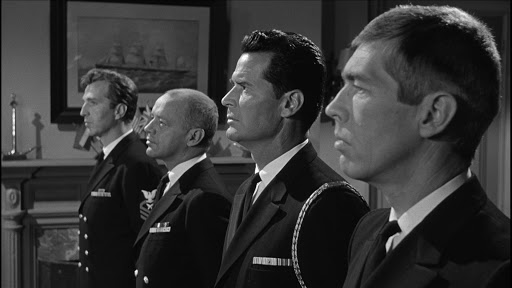
The vast majority of those who waged censorship battles against the creative teams had no war experience at all. The bulk of the men who made up the Motion Picture Association of America (initially the Motion Picture Producers and Distributors of America) and Production Code Administration, men like Will Hays, Joseph Breen, Geoffrey Shurlock, never went to war. A few like Eric Johnston and Jack Valenti were vets, but they certainly didn’t have any say over films like The Americanization of Emily.
Legendary actor Melvyn Douglas, who played battle-fatigued Admiral William Jessup, was a veteran of both WWI and WWII. When The Americanization of Emily was courting controversy and being excoriated for its “rude” treatment of men in war, Douglas sighed, “I often wish we were like the British, who have a capacity to laugh at themselves and their own institutions which far exceeds our own…[all organizations] should be able to look at themselves with some humor as well as with seriousness…[I have] seen first-hand some of the excesses that were exploited in the film.”
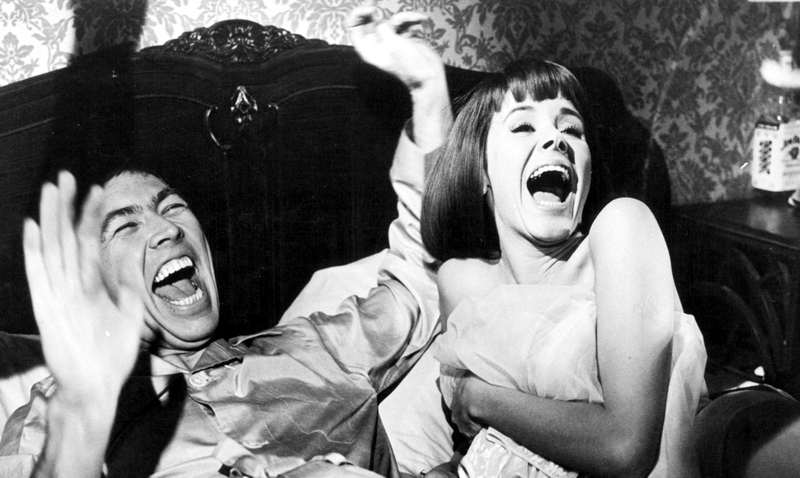
James Garner and Arthur Hiller stated that Paddy Chayefsky was the only “bonafide genius” they ever worked with. Chayefsky said The Americanization of Emily was one of his two best films. Garner and Hiller list it as their favorite, ditto for Julie Andrews and James Coburn. Marty Ransohoff also counts it as a top-tier bestie. While all these names have done extensive film/TV work, it is The Americanization of Emily that they return to as their crowning achievement.
It was this kind of spirit that allowed the film to be made and gave the film such a dedicated production team. During one of the shots near the close of the film [slight spoiler], James Garner broke a few ribs in a beach scene set up to look like Omaha Beach. He fell on his canteen. It’s even in the final cut of the film. He does a small extra “flop” when he goes down. If you watch carefully, it’s in there.
The Americanization of Emily is not an anti-war film. This is a film that challenges perspectives through the complexity of dark comedy, most specifically satire. This film stands against the rabid glorification of war, one of the great All-American past-times. In this sense, it remains one of the most important films about war that will ever get made.

